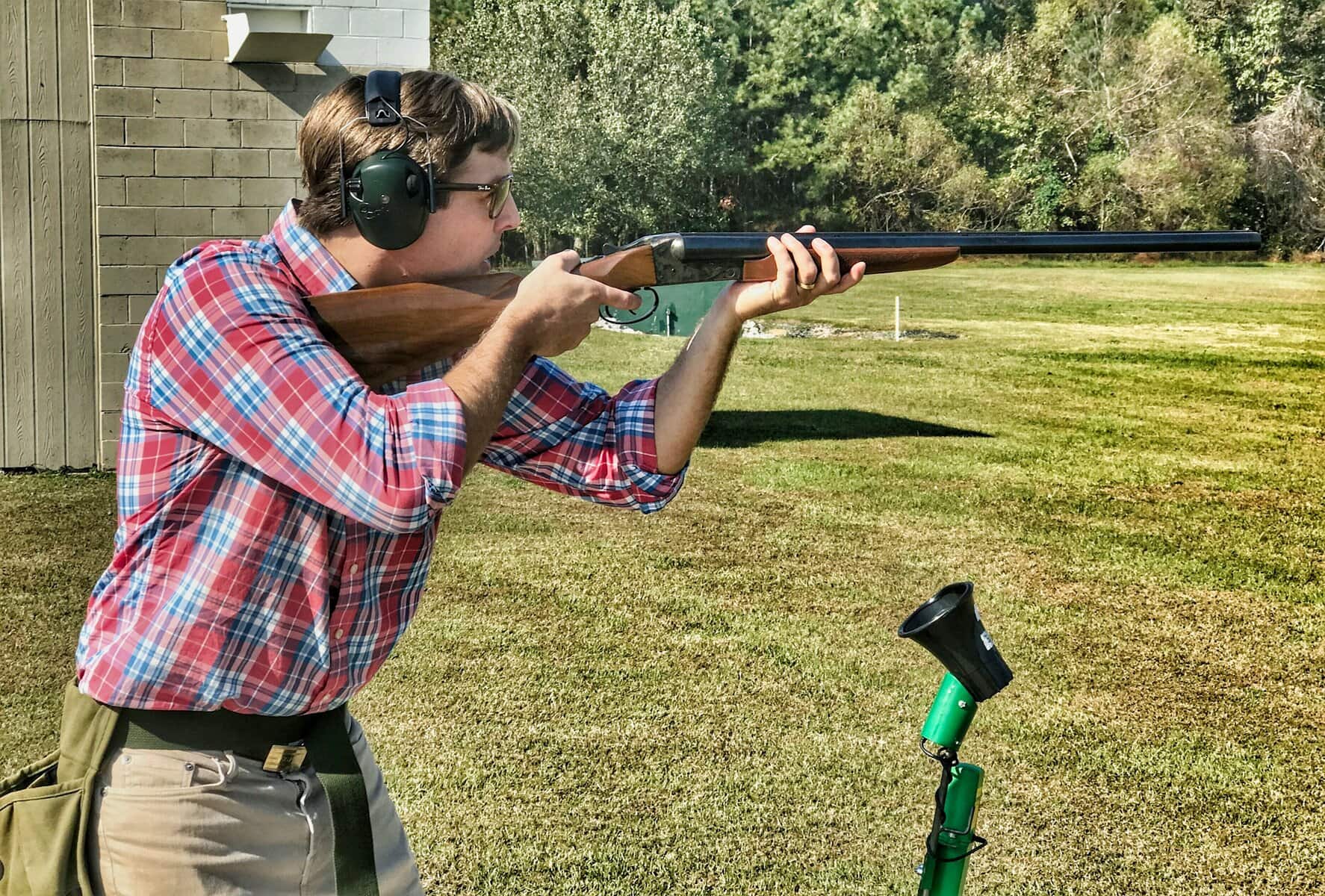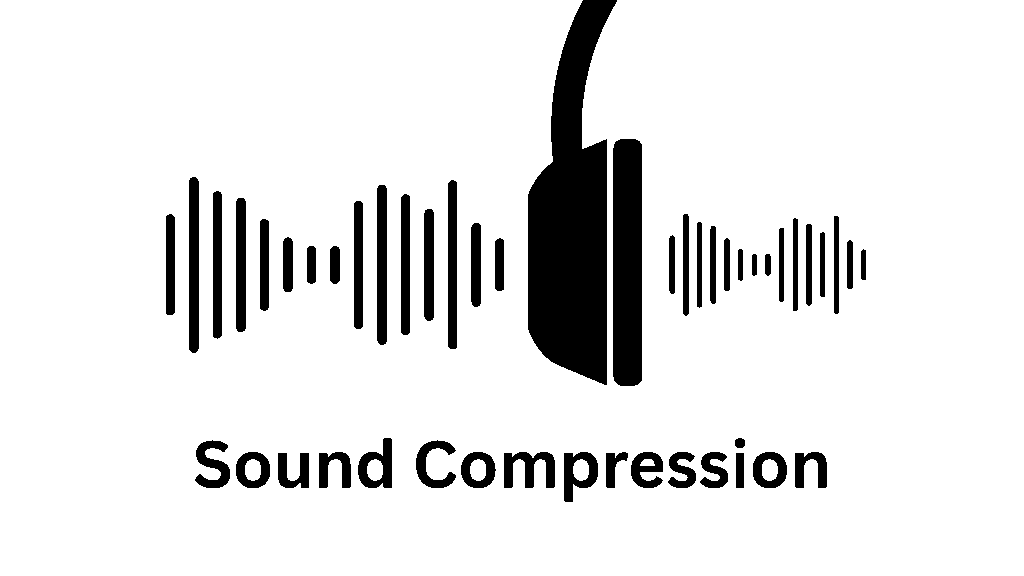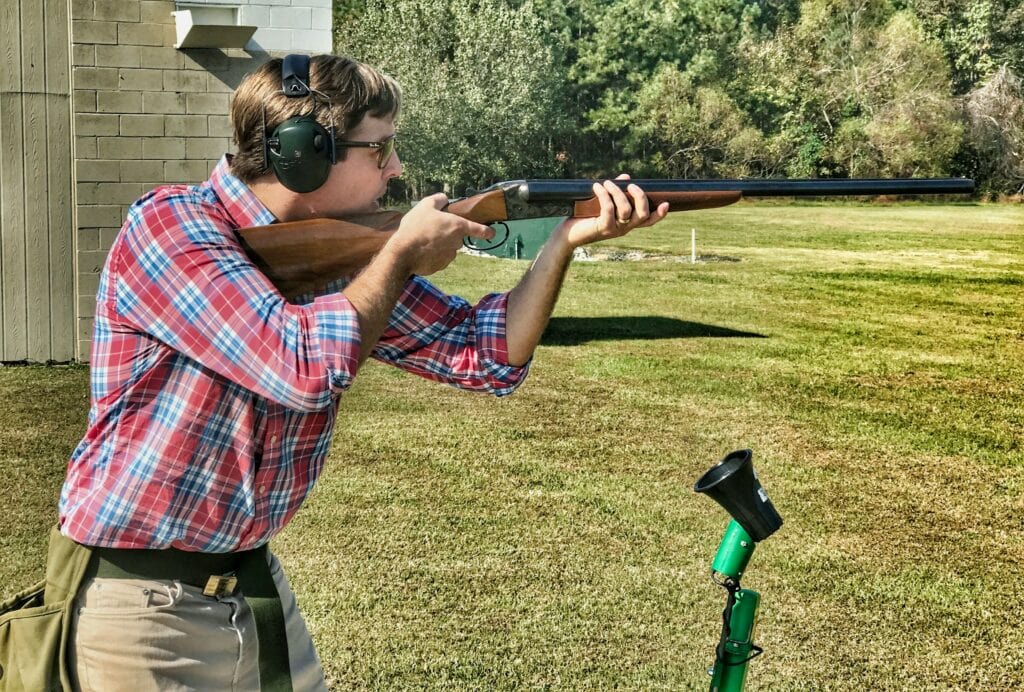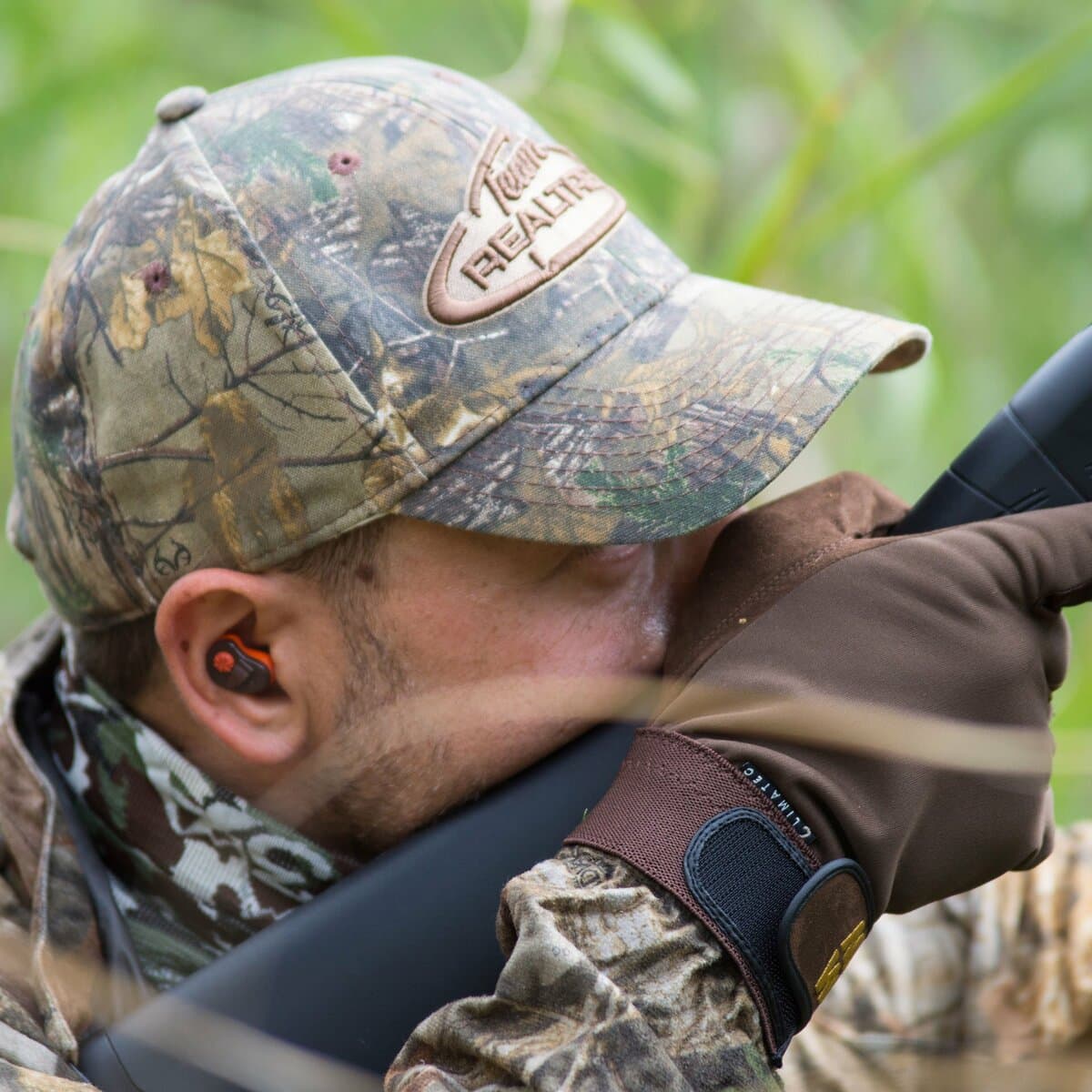
How does electronic ear protection for shooting work?
In-ear electronic ear protection for shooting is a game-changer for firearm enthusiasts and professionals alike. This article breaks down how electronic ear protection for shooting works and why it matters.
Firearms produce extremely loud sounds, well beyond safe hearing thresholds, and can cause permanent hearing loss without protection.
Traditional earplugs muffle all sound, but electronic ear protection systems filter out the harmful noise while letting you hear conversations and range commands.
These devices use microphones, amplifiers, and digital sound processing to respond instantly to noise spikes. Understanding this will help you choose protection that’s both effective and comfortable.
The Basics of Hearing Protection
Firing a gun exposes your ears to sound levels over 140 decibels, which is loud enough to cause instant and irreversible hearing damage.
Without proper protection, even occasional shooting can lead to permanent hearing loss, tinnitus, or sensitivity to everyday sounds. Whether you’re at the range or in the field, using reliable ear protection isn’t optional, it’s essential for long-term ear health.
Decibels and Safe Limits
Organizations like OSHA and NIOSH set clear limits on safe sound exposure. According to these guidelines, exposure to sounds above 85 dB should be limited to under 8 hours.
Every 3 dB increase cuts that time in half, meaning a 140 dB gunshot allows for zero unprotected exposure. That’s why choosing proper hearing protection is critical for any shooter.
How Does Electronic Ear Protection Work?
Electronic hearing protection works by converting incoming analog sound waves into digital signals (called digital sound processing). Once converted, the device uses internal software to filter out harmful noise spikes, like gunshots, while still allowing safe sounds, like speech or ambient noise, to pass through.
This allows shooters to stay aware of their surroundings without sacrificing ear safety. The digital processing responds in milliseconds, making it highly effective in dynamic environments like shooting ranges.
Clipping vs. Compression
There are two main technologies used in electronic ear protection, clipping and compression.
- Clipping shuts off all sound once it exceeds a certain decibel threshold. It’s fast but can make it hard to hear important speech or warnings.
- Compression, on the other hand, reduces loud sounds to a safer volume instead of cutting them off. This keeps conversations audible while still protecting your ears.

Components of Electronic Ear Protection
Key parts of the system include microphones, amplifiers, speakers, and internal circuitry. Most devices are battery-powered, allowing for portable and consistent performance in the field.
Types of Electronic Hearing Protection
Electronic Ear Muffs
Electronic earmuffs for shooting feature an over-the-ear design that provides both comfort and coverage. They’re often easier to wear for long periods and typically come at a lower price point.
These muffs house built-in microphones, speakers, and digital circuits that filter out harmful sounds while enhancing safe ones.
Electronic Ear Plugs
In-ear electronic hearing protection offers a smaller, more discreet option. These plugs use the same digital processing found in muffs but fit entirely inside the ear canal. They’re ideal for shooters using helmets, glasses, or other headgear, and they offer excellent situational awareness without bulk.
Combination Protection
For high-caliber firearms or indoor ranges, combining ear plugs and muffs offers maximum protection. Doubling up helps reduce noise exposure to the lowest possible levels.
Electronic vs Passive Earmuffs
Passive Protection
Passive earmuffs use foam and mechanical materials to physically block sound. They’re simple, reliable, and don’t require batteries or electronics.
However, they block all sounds indiscriminately, including voices, range commands, and ambient noise, making communication difficult.
Electronic Advantages
Electronic earmuffs offer the same noise reduction benefits as passive ones but with added functionality. They allow you to hear low-level sounds, like voices or movement, while automatically dampening harmful gunfire. This makes them ideal for staying alert during training or hunting.
With situational awareness intact, you can respond quickly to instructions or changes in your environment, something passive options can’t provide.

How to Choose Electronic Ear Protection for Shooting
Noise Reduction Rating (NRR)
The Noise Reduction Rating (NRR) tells you how much sound a hearing protection device can block, measured in decibels (dB). Higher numbers mean more protection. Compare NRR values across products to find the right level based on your shooting environment.
Battery Life and Rechargeability
Some devices use rechargeable batteries, while others rely on replaceable ones like AA or AAA. Rechargeables offer convenience and save money over time, but make sure the runtime meets your needs for longer range sessions.
Audio Input & Bluetooth
Many advanced models include Bluetooth or audio input jacks for added versatility. This feature allows for hands-free communication, listening to music, or receiving range instructions without removing your gear.
Use Cases and Recommendations
When deciding on the best electronic ear protection for shooting, consider trusted options from EAR Inc. available on earprotectionstore.com, known for high-performance products like the SoundGear Phantom and Chameleon Ears Pro. These devices offer advanced noise filtering, comfort, and proven reliability in the field.
Choosing the right kind of ear protection for shooting depends on your specific use case. For indoor ranges or high-caliber firearms, maximum protection is key. For outdoor shooting or hunting, comfort and situational awareness might take priority. Always factor in fit, battery life, and NRR alongside your budget.
Finally, consider ear plugs vs ear muffs for shooting. Muffs are quick to use and often more affordable, while plugs are discreet and compatible with helmets or glasses. For extreme environments, combining both can deliver optimal protection.

FAQs
How do electronic ear muffs work?
Electronic ear muffs use built-in microphones to detect external sounds. They amplify safe noises like speech and movement, while automatically suppressing sounds over 82 dB, such as gunshots. This allows shooters to maintain situational awareness without compromising hearing safety.
What is the difference between clipping and compression?
Clipping shuts off all audio once it reaches a dangerous volume threshold. In contrast, compression reduces loud sounds to a safe level while still allowing important sounds, like speech or range commands, to come through clearly.
Are electronic earmuffs better than earplugs?
It depends on your use case. Earmuffs are easier to use and often more comfortable for casual shooting sessions. Earplugs offer a tighter seal and are better suited for discreet use or when wearing helmets or glasses.
Can I use electronic hearing protection for other activities?
Yes. Electronic ear protection is also useful for construction, concerts, motor sports, and other high-noise environments where hearing protection and communication are both important.
Do electronic earmuffs need special maintenance?
They require basic care. Keep batteries charged or replaced as needed, and clean the microphone and speaker ports to ensure consistent performance.
Share :
Protect Your Ears
Subscribe for tips on ear protection for shooting, sleeping, motorsports, industry work & more!

